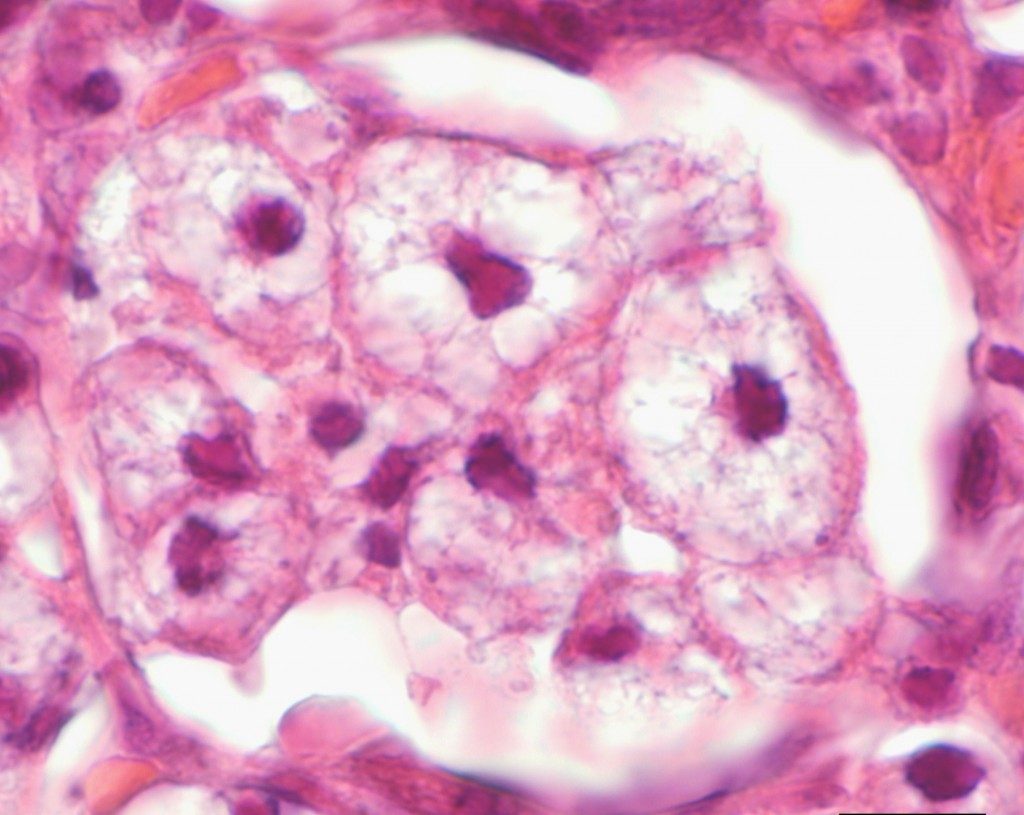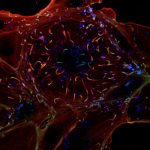About
Klebsiella pneumoniae bacteria are major pathogens in human and animals. Because they are responsible for a large variety of infections and are becoming resistant to many, if not sometimes to all antibiotics available today, they have been recognised, together with a small group of other pathogens, to be a thread to public health by the World Health Organization.

However, despite their clinical importance, many facets of the pathophysiology of Klebsiella pneumoniae remain unknown. We are interested in understanding the mechanisms used by these bacteria to cause infections and how they interact with the infected host.
Our approach is based on a comparative analysis of infections caused by Klebsiella pneumoniae and Klebsiella rhinoscleromatis. Although both bacteria are very closely related, they cause very different diseases. Klebsiella pneumoniae is responsible of severe acute infections, while Klebsiella rhinoscleromatis only causes rhinoscleroma, a chronic granulomatous disease in human. Our aim is to understand better what differentiates these two bacteria and why the diseases are so different.
In parallel to this approach, within the imagopole, we are also interested in imaging infectious processes. For this, we are using our expertise in Klebsiella physiopathology to investigate and characterise in vivo imaging methodologies in the context of infections. Our work is mainly based on luminescence imaging methodologies, like FUEL (fluorescence by unbound excitation from luminescence). We are trying to understand some fundamental processes underlying light production in specific conditions as well as developing applications for these methods.








